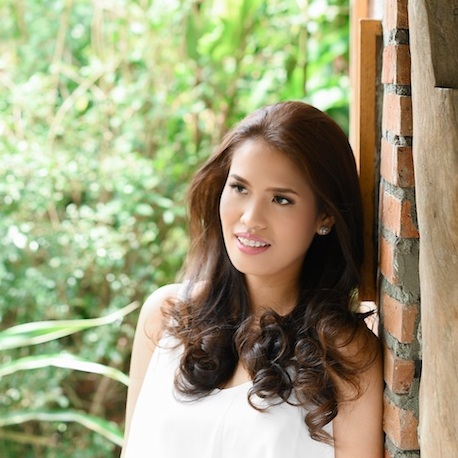First Few Changes I Made In Our Home
There were a few things I did after realising that I had the wrong mindset about accumulating toys. By going deeper to this whole new universe of parenting and being set to offer my child a beautiful childhood with the help of blogs and books made by various parents and teachers, I knew that I can make radical changes in our household without having to shell out much money upfront and without being sucked immediately by the consumerism blackhole.
These are the few baby steps I took that made such a huge change in our house:
Decluttering
Decluttering is the first rational step I took in this journey. Kimi did not have a lot of toys to begin with but I still felt like we have so much clutter in the house.
It was because everything was just thrown in storage boxes making it hard for us to find the toys that he wants to play with. And most of the time, if he needed something from the box and he was not able to find what he was looking for by rummaging through it, he would end up dumping all the contents of the box on the floor which created more chaos. Add to this the fact that his broken toys and tattered books were mixed in the pile as well.
I liked Marie Kondo’s advice of keeping only those items that spark joy.
So that is what I did.
I threw away all the toys that are broken,
Put books that are already tattered in a permanent storage as I do not have the heart to throw books away,
Put away puzzles that have missing pieces (I put them in a permanent storage),
Stored materials/activities that are age-inappropriate (already too easy or still too hard for him to do)
Stored some redundant toys
This step immediately created a change in the look and feel of the house. Doing this also gave me an idea what category of toys we already have.
Listing toys/materials by category
If decluttering gave me an idea of what we do have, listing all of his toys/materials by category then gave me an idea of what toys he still do not have.
This is a huge help if you do not want to fall in the trap of the bad habit of accumulating toys just for the sake of it, and of adding/buying toys senselessly in the future.
This list then formed as a basis for planning and prioritising the type of toys that we will be buying for Kimi in the future.
Giving a designated place for everything
The next step is to designate a place or a container for each type of materials that he has.
I figured that if I have a place for everything then it would not be much of a stress to put away toys at the end of the day.
It would also be easier for me to teach Kimi how and where to put-away his toys if all of them has their own designated places.
Toy Rotating
Toy rotation is something new to me and has been one of those aspect of the Montessori method that really appealed to me.
I initially thought that all of Kimi’s toys should be out, displayed on the shelves or placed in easily accessible containers/baskets at any given time.
But giving kids lots of choices can make them feel overwhelmed and this can also lead to a lack of focus.
So from the pile of toys that had not been removed through the decluttering process, I then pick and display one or two toys from each category and temporarily keep everything else out of sight.
By only keeping a handful of toys and materials out, I noticed that they are getting a lot more plays and love from Kimi.
Researching and looking for local suppliers of toys that resonate with you and your kid
Out of the steps that I took, this one is the most fun as well as the most overwhelming for me to do because of the variety of choices we have in the market. Before this, I would stay away from wooden toys just because they are so expensive but now I do get why wooden toys are priced the way they do. It is because most of the wooden toys out there encourage open-ended play and toys that do encourage this type of play get a lot more use and do stand the test of time. They are also harder to break and if ever they get broken they are much easier to be mended.
Despite this, I still kept most of Kimi’s plastic toys as they have been given by important people in our lives. I placed the battery-operated toys in one shelf box and then I place one or two plastic toys out at a time.
Removing the Safety Fence
When Kimi was a baby, we put up a safety fence between our kitchen and living room. We do not have that big of a space but we considered it a necessity to put one up when Kimi was still transitioning back and forth between crawling and learning how to walk.
But now that he has a lot more energy to use up and because we are still wary of letting him go out and play outside because of the pandemic, I decided to remove the safety fence to make his play area bigger.
Other than the last step, I think these are all processes that I need to do consciously and in a constant basis if we want to build an environment that would support Kimi’s development and love for learning. I will show you in the next posts what I have done so far in preparing Kimi’s environment.











